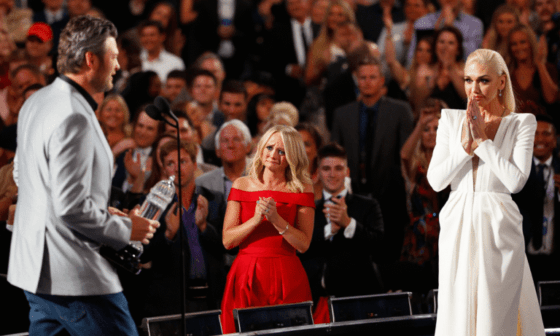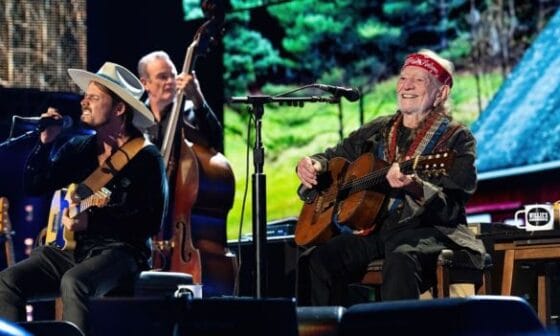A decade after Boléro captivated the world, Jayne Torvill and Christopher Dean returned to Olympic ice and stunned fans once more. Their sensual, fearless “Rumba” at the 1994 Lillehammer Games wasn’t just a performance — it was a reclamation of glory. Unbound by old rules, they moved with passion and power, leaving the audience breathless and judges speechless. In just a few unforgettable minutes, they proved that legends don’t fade — they rise again.
Ten years after their immortal Sarajevo triumph, Torvill and Dean entered the Olympic arena not to relive past glory, but to continue writing their story. Their return to the amateur competition world defied expectations. Who could step back onto Olympic ice after a decade of professional skating? Who could challenge age, precedent, and the history they themselves had created? The answer was clear: Torvill & Dean — icons of ice artistry.
For the Original Dance segment, the duo chose Rumba — a dance of fire, sensuality, and intelligence. From the first step, they commanded the ice with intensity, their supple movements melting into the rhythm. Every motion carried meaning; nothing was wasted. They danced with history, experience, and emotion, creating a narrative that transcended mere sport. It was a performance that spoke without words, a love story etched on blades.
In an era dominated by complex technical feats, Torvill and Dean took a different approach. Their moves were deceptively simple, designed to amplify emotion rather than scoreboard points. They didn’t lift or spin beyond the rules; instead, they focused on connection, storytelling, and the magnetic pull of presence. In Lillehammer, they weren’t just competing against Russian, Canadian, or French rivals — they were contending with memory, expectation, and the shadow of Boléro.
Despite a standing ovation from the Hamar Olympic Hall, the judges awarded them only bronze. Technical scoring favored other teams, sparking immediate debate. Critics praised their artistry but lamented the system’s inability to reward it. Across Europe and fan forums alike, the refrain “they were robbed” echoed, raising a bigger question: can sport truly accommodate art?
More than thirty years later, Boléro remains iconic, but it was Rumba 1994 that showcased resilience, intellect, and artistic depth. Few recall the gold medalists from that event, but everyone remembers Torvill and Dean’s defiant grace: kissing the ice in gratitude, bowing their heads with quiet dignity, and leaving the world standing in awe.
Torvill and Dean’s Lillehammer performance proves that winning is not always defined by medals. Their return illustrated that authenticity, emotion, and artistry endure long after scores are tallied. In a world where competitive sport often prioritizes formulaic technique, their Rumba reminds us that the soul of performance — passion, connection, and courage — is what truly lasts.






